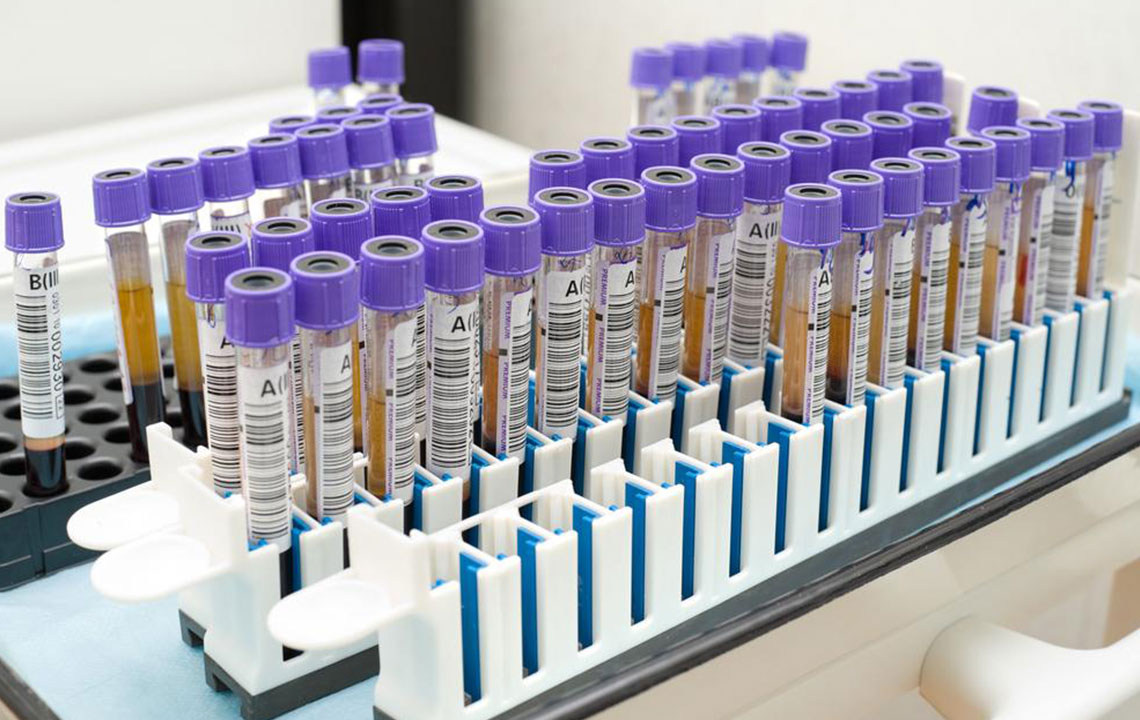Comprehensive Guide to ELISA Testing and Kits
Learn about the ELISA test and kits, their uses in detecting infections, and the different types of ELISA procedures. Discover how these accurate and specific tests aid in diagnosis, the process involved, and essential precautions. This guide offers comprehensive insights suitable for students, healthcare providers, and researchers seeking an understanding of ELISA testing methods and their applications.

Comprehensive Guide to ELISA Testing and Kits
The Enzyme-Linked Immunosorbent Assay (ELISA) is a bacterial and viral detection method that identifies immune responses within the body. It involves enzymes combined with antibodies or antigens to detect various substances. Widely used for diagnosing infections like HIV and food allergies, ELISA is also called Immunosorbent Assay. Many patients are unaware of this test when recommended by healthcare providers. An ELISA kit typically includes pre-coated plates, reagents, and detection antibodies.
Custom ELISA kits with specific substances can also be purchased for medical research and treatment.
ELISA testing primarily detects proteins, hormones, or antibodies in cells, tissues, or bodily fluids. It is essential for identifying viral antigens, immune responses, and infections. Different ELISA types are selected based on testing needs.
There are four main ELISA variants:
Indirect ELISA: Antigen is added to a coated plate, followed by a primary antibody, then an enzyme-linked secondary antibody that reacts with a substrate.
Direct ELISA: The antigen attaches directly to the plate, then binds with an enzyme-labeled antibody, allowing substrate reaction measurement.
Sandwich ELISA: The target antigen is captured between two antibodies—capture and detection—and then labeled with an enzyme for detection.
Competitive ELISA: Contains competing antibodies, leading to a reduction in signal proportional to antigen concentration, ideal for specific measurements.
ELISA tests are conducted by trained laboratory technicians using specialized kits. The process involves immobilizing antibodies or antigens on a solid surface—usually a plastic plate—and analyzing interactions to detect substances like hormones or bacteria. For example, human chorionic gonadotropin (hCG) detection indicates pregnancy via this method. A mixture containing the target substance linked to an enzyme is tested against the sample; the amount of enzyme binding correlates with analyte concentration, resulting in a color change indicative of the presence or absence of the substance.
ELISA offers highly accurate, specific outcomes compared to other testing methods. It is easier and safer as it eliminates the need for radioactive materials. Results can be available within 24 hours or up to a week, depending on the test type. False positives or negatives may occur, requiring re-testing or alternative procedures. No special preparation is necessary, although blood sampling might cause some discomfort.









